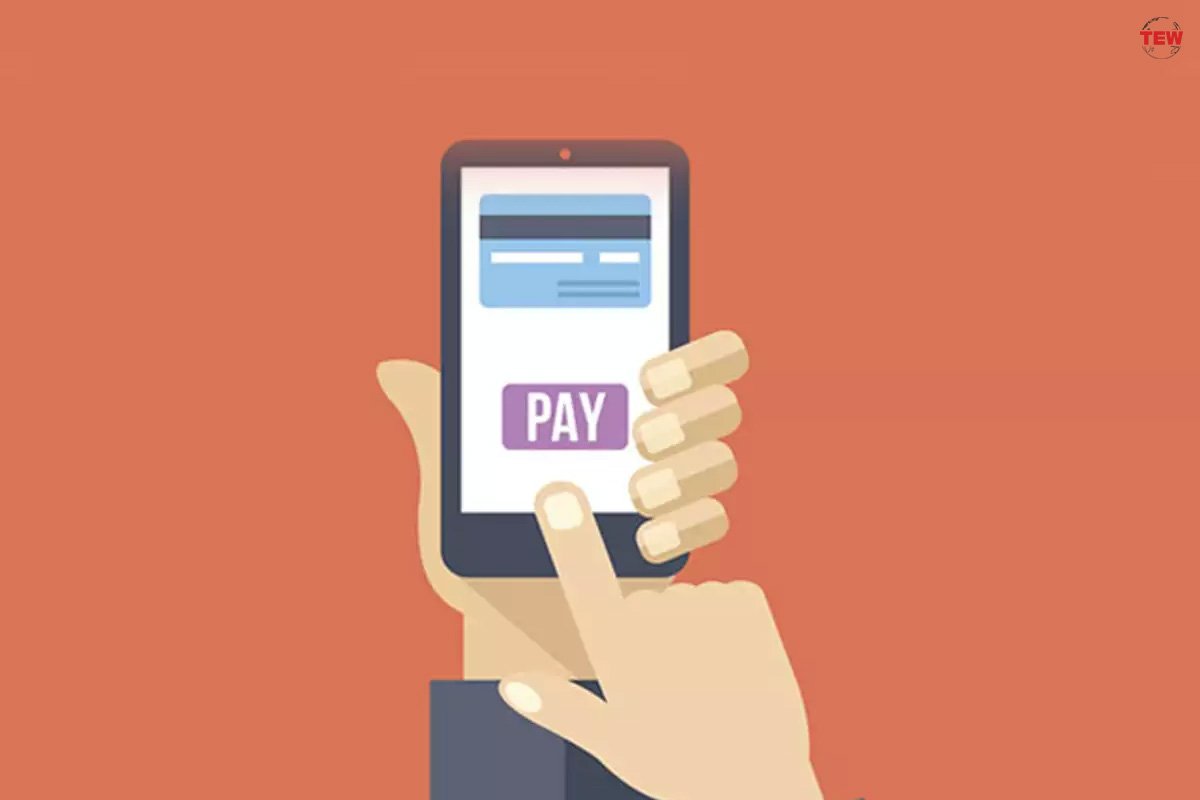Medical billing, valued at USD 15.88 billion in 2023 and projected to reach USD 32.79 billion by 2032, involves healthcare providers, insurance companies, and patients. This growth, exhibiting a CAGR of 12.14% (2024 – 2032), increases the complexity without simplifying the Medical Billing process. Providers code services, insurance companies interpret these for coverage, and patients must decipher their charges. Source.
The Medical Billing Process system presents a significant challenge to patients and healthcare providers with its lengthy and complicated structure. With a combination of complex terminologies, intricate coding systems, and fluctuating insurance policies, medical billing often becomes a source of confusion and stress.
Simplifying Medical Billing Process for Providers
Medical Billing Process can often be a convoluted process for healthcare providers, particularly given the many codes and regulations they need to navigate. However, with targeted strategies, providers can simplify this process, making it more efficient and less prone to errors. Here are some key steps toward simplifying medical billing:
Efficient and Accurate Coding
Understand the Importance of Coding:
Accurate coding is the foundation of effective medical billing. Each service provided is associated with a specific code, which insurance companies use to determine coverage and reimbursement.
Invest in Training:
Coding systems and regulations are continually evolving, making it essential for billing staff to stay updated. Frequent training sessions can equip staff with knowledge of the most recent updates, allowing them to accurately and efficiently code services.

Use Coding Tools:
There are several coding tools available that can assist in selecting the correct codes. These tools can be particularly useful for less experienced staff members or coding more complex services.
Automation of Billing Systems
Consider Automated Systems:
Adopting automated billing systems can greatly alleviate the administrative load carried by healthcare providers. These systems can handle several tasks automatically, such as inputting charges, submitting claims, and following up on unpaid bills.
Choose a System Suited to Your Needs:
Several automated billing systems are available, each with its own features. Providers ought to select a system that aligns with their requirements, taking into account elements like user-friendliness, compatibility with current systems, the availability of customer service, and affordability.
Train Staff on the System:
Once a system has been implemented, it’s important to ensure all staff members understand how to use it effectively. This may involve training sessions or demonstrations by the system provider.

Regular Audits
Understand the Value of Audits:
Regular audits of the billing process can help identify bottlenecks, inefficiencies, and errors. These insights can then be used to improve the process, making it more efficient and accurate.
Perform Both Internal and External Audits:
While staff members can conduct internal audits, external audits can provide a fresh perspective on the process. Providers may consider hiring a professional auditor or medical billing consulting firm to conduct these audits.
Use Audit Findings to Improve:
The value of an audit lies in its findings being used to improve the billing process. Providers should develop a plan to address each identified issue and monitor progress to ensure these improvements are made.
Easing the Process for Patients
Making the medical billing process more patient-friendly is crucial in enhancing patient experience and satisfaction. Here are several ways healthcare providers can simplify this process for patients:
Transparency and Communication
Use Clear and Simple Language:
Ensure all communication regarding bills is straightforward and easy to understand. Avoid medical jargon and complex billing terms that can confuse patients.
Provide Detailed Itemizations:
Break down the bill into itemized charges, explaining what each charge is for. This can help patients understand exactly what they are being billed for.
Establish Open Lines of Communication:
Encourage patients to ask questions about their bills and provide clear, concise answers. Having a dedicated billing inquiry hotline or email can facilitate this communication.
Cost Estimates
Offer Pre-Treatment Estimates:
Whenever possible, provide patients with an estimate of their expected healthcare costs before treatment begins. This helps set financial expectations and builds trust.
Clarify Potential Variables:
Inform patients that estimates are subject to change based on the actual treatments and services provided. This awareness can help mitigate any surprises in the final bill.
Utilize Cost Estimator Tools:
Implementing online cost estimator tools on the healthcare provider’s website can allow patients to get a rough idea of their expenses for various treatments.

Flexible Payment Options
Diverse Payment Methods
: Allow patients to pay their bills through various channels such as online payments, mobile apps, in-person payments, or traditional mail. The more options available, the easier for patients to find a convenient method.
Payment Plans:
Offer flexible payment plans for patients who cannot pay their entire bill at once. Having customizable payment options can prevent financial hardship and improve patient loyalty.
Financial Assistance Information:
Provide information on financial assistance programs for eligible patients. Ensure that the process for applying for these programs is straightforward and that assistance is available for patients who need help with the application process.
Digital Tools and Accessibility
Online Billing Portals:
Implement user-friendly online portals where patients can view their bills, make payments, and set up payment plans. Ensure these portals are secure and accessible.
Mobile Payment Apps:
Partner with or develop mobile apps that allow patients to pay their bills from their smartphones easily.
Electronic Statements:
Offer patients the option to receive their billing statements electronically. This can speed up the process and is often more convenient for patients.
Conclusion
Simplifying the medical billing process is not just about reducing administrative burden or boosting revenue. It’s about improving the overall healthcare experience for patients and providers alike. Making Medical Billing Process more straightforward and transparent can ease the burden on all parties involved, leading to a more efficient, effective, and empathetic healthcare system.




